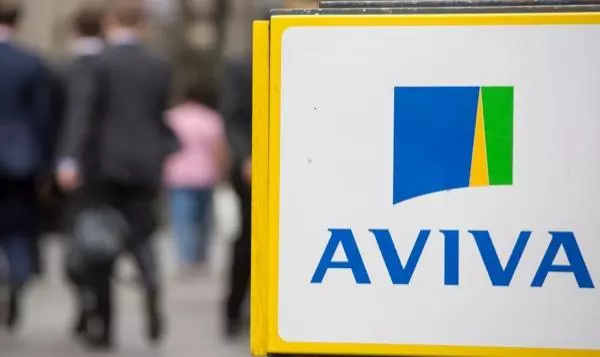How to Buy Aviva Shares
Aviva plc is a leading retirement, savings and insurance business – one of the largest of its type in the UK. Find out how to buy Aviva shares and explore the risks involved.

Buying Aviva stock: how to invest
- Learn more about Aviva shares
- Download the IG invest app or open an online share dealing account
- Come up with a risk management strategy
- Place your investment and monitor its price movements
How much will it cost to buy Aviva stock?
| Standard commission | |
| IG Invest | £0* |
| Hargreaves Lansdown | £11.95 |
| AJ Bell | £5 |
| Interactive Investor | £3.99 |
*Other fees may apply
What to consider before buying Aviva stock
Before you buy Aviva shares, it’s recommended that you come up with an investment plan to help manage any potential risks. Here’s some things to consider:
What are your long-term goals?
Establishing clear investment goals can help guide important decisions like the amount of money you’re looking to invest and how long you’re looking to hold Aviva shares for.
It’s also important to keep in mind that investing comes with risk, so it’s important to consider whether you can afford to lose money if the market moves against you.
When will you need the money?
Whilst it can’t be guaranteed, investing has the potential to generate greater returns than cash savings, particularly if they’re held over a number of years. If you think you’ll need the money sooner, it may be worth considering shorter term strategies.1
How much risk can you take?
The value of investments can fluctuate and there’s always the chance you could lose the money you put in. To help reduce potential losses its recommended you develop a risk management strategy.
This could include:
- Diversifying your portfolio across a wide range of stocks and sectors
- Using price alerts to monitor market shifts
- Focusing on long-term growth and allowing it to recover from any short-term market dips
How to research Aviva stock as an investment
Fundamental analysis involves evaluating a company’s financial health alongside broader economic factors that could impact its performance.
Aviva’s price-to-earnings ratio (P/E)
P/E ratio is one of the most widely used valuation metrics, which shows how much you have to spend to make £1 in profit. It’s worked out by dividing Aviva’s share price by its earnings per share (EPS).
A high P/E ratio could suggest that earnings are expected to rise, or that the Aviva stock is overvalued. To get the most accurate picture of Aviva’s performance, it’s a good idea to compare its P/E ratio to its competitors.
Aviva’s return on equity (ROE)
ROE is helpful indicator of Aviva’s financial performance, reflecting how much income it’s making on its assets relative investments made by shareholders.
To calculate ROE, you’d divide Aviva’s net income by its stakeholder equity. A high ROE could mean that Aviva’s shares are undervalued.
Dividend yield
Dividend yield indicates how much money Aviva pays out in dividends relative to its stock price. It’s expressed as a percentage and calculated by dividing its annual dividends per share by its share price.
Log in to IG Academy to learn more about fundamental analysis and different ratios.
Why buy Aviva shares?
Aviva is the UK’s largest multi-line insurance company. Among other things, the company covers home insurance, travel insurance, life insurance and pensions, and could be a good investment option if you’re looking for exposure to the UK insurance industry.
Its diverse range of insurance offerings appeal to a broad audience, helping to diversify against challenging economic conditions. The long-term nature of its product offerings can also provide some stability and help with customer retention.1
The company have also been known to pay a generous dividend which could make it an attractive option if you’re looking to generate a passive income. Please note that dividend payments can never be guaranteed.
What to do after buying Aviva shares
Once you’ve brought Aviva shares, it’s important to manage your position via our platform. As share prices can be volatile, it’s important to watch out for any market news that may impact its price.
Footnotes:
1 Please note a profit is never guaranteed and there’s always the risk you could lose money

